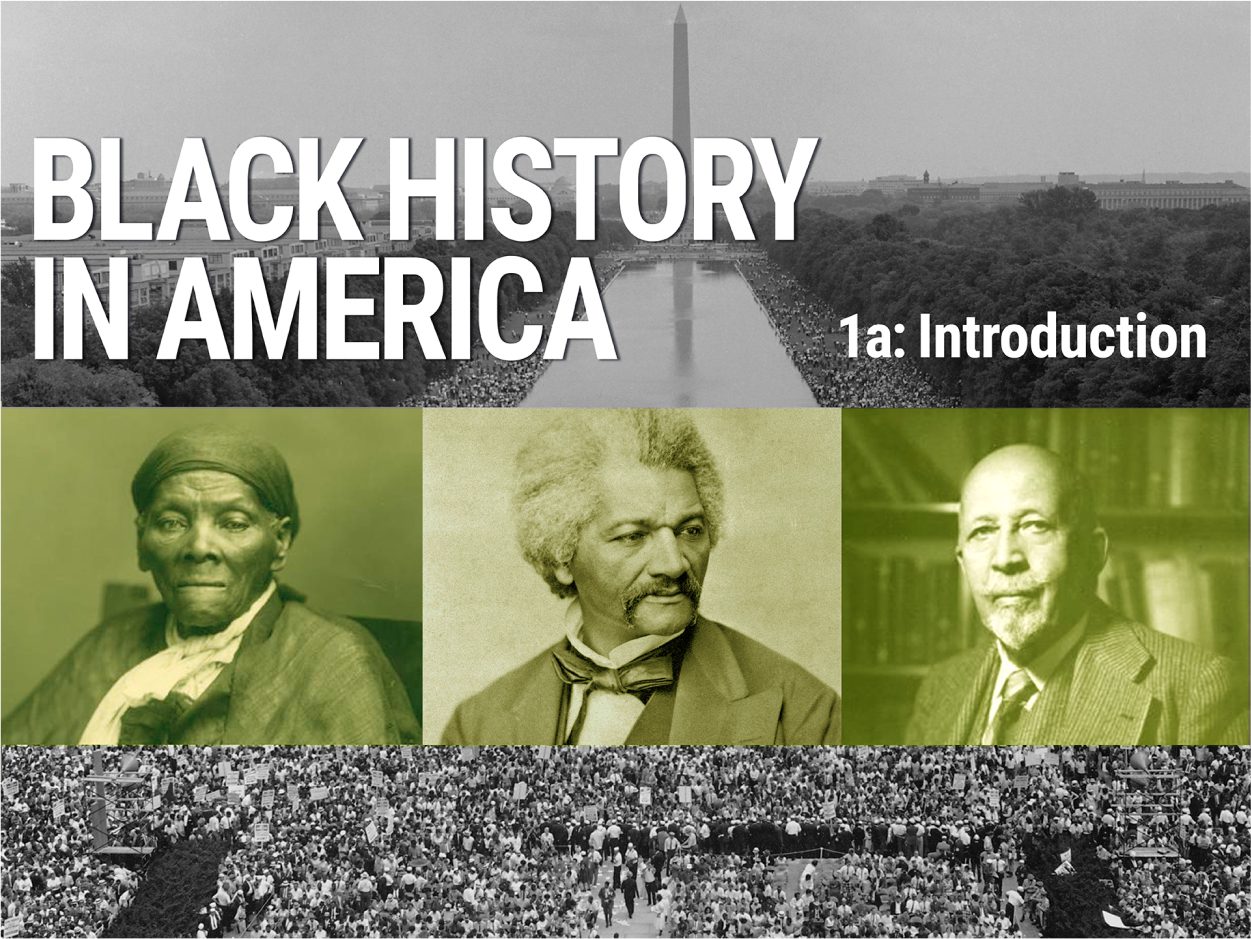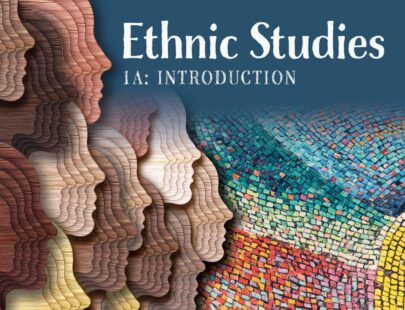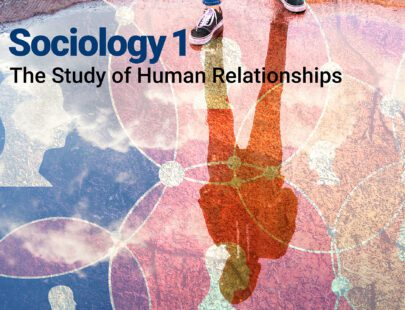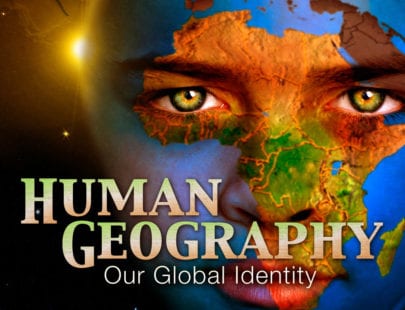
Black History In America 1a: Introduction
By examining the stories of brave men and women who persevered, built community and contributed to our nation’s goals—sometimes amid great persecution—we can all learn how to pave a brighter future. Learn about the incredible history of Black people who have left a mark on the fabric of the United States to the ways the country has wrestled with its past to understand slavery, emancipation, and the fight for civil rights in our nation.
Units at a Glance
Black Identity
Black history in America is the rich and complex narrative of what it means to be Black in America as well as the experiences that shape Black identity and contributions that Black Americans have made to their country and the world. It highlights the vibrant expressions of culture that characterize Blackness—from food and music to art and science and so much more. This course explores what representation has and continues to mean for an entire community. In Black History in America, we invite you to take a nuanced journey through the complex social, political, and economic influences that have shaped the past and present experiences of Black people in America.
The Shifting View of Citizenship for Black Americans
Whether your family has been in America for generations, or you are new members of our national community, we can all agree that the values of freedom and democracy serve as a beacon of hope for others across the globe. Each year, countless people take steps to create their own version of the American dream and apply for citizenship. But the path to citizenship has almost always been a difficult one, and this is particularly true in the case of Black Americans in the years after slavery. After being freed, it would take centuries of fighting and collaboration before Black people in America could proudly call themselves citizens. Let’s explore the long road to citizenship and the shifting perspectives and narratives that made it possible.
African Ancestral History
Did you know that every year, more than 50 million people travel to Africa?[1] Many people dream of taking a safari or gazing at the pyramids of Giza. Africa has a unique and beautiful cultural history to offer the world. As the second-largest continent on the planet—and the one widely regarded as the cradle of humanity—Africa is also home to numerous diverse ethnic groups. Over the centuries, African societies have developed intricate systems of government, religion, education, art, and trade. It is these systems, as well as the culture and traditions, passed down through generations—even across the perilous middle passage—that form the foundation of Black American history.
The Rise of Chattel Slavery
In many ways, we’ve been leading up to this topic the whole course. There is an undeniable relationship between colonization and the rise of chattel slavery in the Americas. When European powerhouses such as England, Spain, Portugal, and France—among others—established colonial outposts in the Americas, they created the conditions that led to the emergence and expansion of chattel slavery. Across the African diaspora, the effects of colonization and chattel slavery continue to play a significant role in the culture and identity of the descendants of enslaved Africans. Let’s explore more about the cultural, social, political, and economic impacts of colonization and the role that practice played in the wide-spread establishment of chattel slavery in the Americas.
Migration and Finding Community
If you’ve ever been to cities like Chicago, Detroit, New York City, or Philadelphia, you’ll know that a major part of the culture of those cities is due to the contribution of countless Black Americans. But how did we get from the days of slavery to a point where Black Americans were in the North? The Great Migration is how. It had an undeniable impact on Black identity and culture. When thousands of Black people flocked to cities in the North, not only did they change the landscape of America, but they redefined and expanded the idea of the American dream.
Independence, Abolition, and Emancipation (1776–1865)
Independence, abolition, and emancipation: what do they have in common? Each of these events in American history are centered around an idea that is wholly American—freedom. And each event reminded the nation of its promise of liberty and justice for all. From 1776 through 1865, the United States had a complicated relationship with the idea of freedom and how equally that principle was applied to people living within its shores. In this unit, we’ll learn how independence, the abolitionist movement in the United States, and the eventual emancipation of enslaved people helped to shape the country’s future toward fulfilling its founding principles and ensuring freedom, equality, and justice for all its citizens.
Economic Opportunities and Challenges
Imagine if you had just been freed from slavery. Where would you go? What would you do? What skills could help you earn a living? Once free, Black Americans began a long and ongoing journey to establish economic opportunities for their community. In this unit we can follow the journey of a group of people who, despite discrimination and hardship, worked to build businesses, develop financial markets, and carve out a better life for themselves and their descendants.
The Push and Pull of Political Decisions
In many ways, the creation of our nation was beautiful and inspiring. It represented the will of the people to govern and free themselves from tyranny. But like all creations, the founding of our nation was far from perfect. In this unit, we’ll discuss the founding of our country, the path to freedom for all, and the ways Black Americans have worked to make the United States a country they can be proud to call their home.
Required Materials
Software
- Presentation software
- Word processing software
Optional
- Art supplies
- Audio recording device
- Digital camera
- Graphic design software
- List app
- Timeline creation application
- Video recording device



